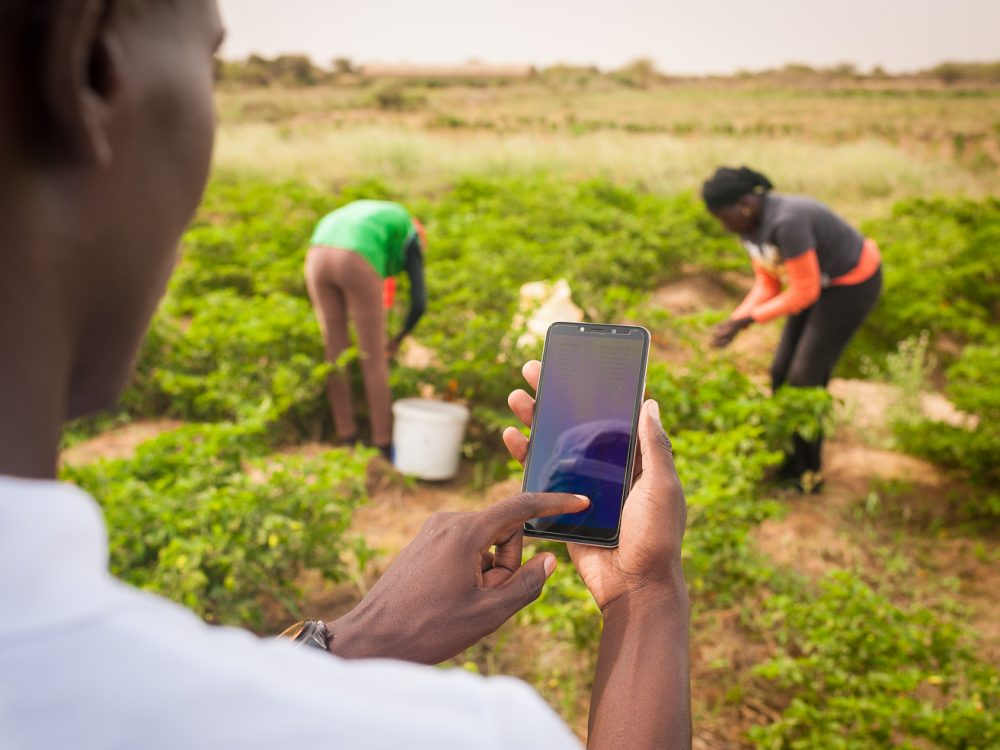Feedback Labs Summit 2016 – See You There!
Ensuring that those who are intended to benefit from our programs and services are involved in the process makes sense, right? Everyone should be nodding furiously.
What does it mean in practice? How do we incorporate constituent voices into the planning, execution, and evaluation processes?
At this year’s Feedback Summit, I’ll be leading a Labstorm (a collaborative brainstorm session designed to help an organization wrestle with a challenge related to feedback loops, with the goal of providing actionable suggestions) around action-izing findings from our Results Data Initiative.
If the value of data is dependent on the ability of a decision-maker to do something with data (as we found), but results data are often collected for decision-makers at the international or national levels, how can we use feedback from constituents to inform local-level outcomes without adding to the data burden? This question remains relevant as the international development community operationalizes the SDGs.
If you’re at the Feedback Summit, I hope you’ll join me as we try to understand how this can work in practice.
Image: Feedback Labs
Share This Post
Related from our library

Harnessing the Power of Data: Tackling Tobacco Industry Influence in Africa
Reliable, accessible data is essential for effective tobacco control, enabling policymakers to implement stronger, evidence-based responses to evolving industry tactics and public health challenges. This blog explores how Tobacco Industry strategies hinder effective Tobacco control in Africa, and highlights how stakeholders are harnessing TCDI Data to counter industry interference.

Building a Sustainable Cashew Sector in West Africa Through Data and Collaboration
Cashew-IN project came to an end in August 2024 after four years of working with government agencies, producers, traders, processors, and development partners in the five implementing countries to co-create an online tool aimed to inform, support, promote, and strengthen Africa’s cashew industry. This blog outlines some of the key project highlights, including some of the challenges we faced, lessons learned, success stories, and identified opportunities for a more competitive cashew sector in West Africa.

Digital Transformation for Public Value: Development Gateway’s Insights from Agriculture & Open Contracting
In today’s fast-evolving world, governments and public organizations are under more pressure than ever before to deliver efficient, transparent services that align with public expectations. In this blog, we delve into the key concepts behind digital transformation and how it can enhance public value by promoting transparency, informing policy, and supporting evidence-based decision-making.